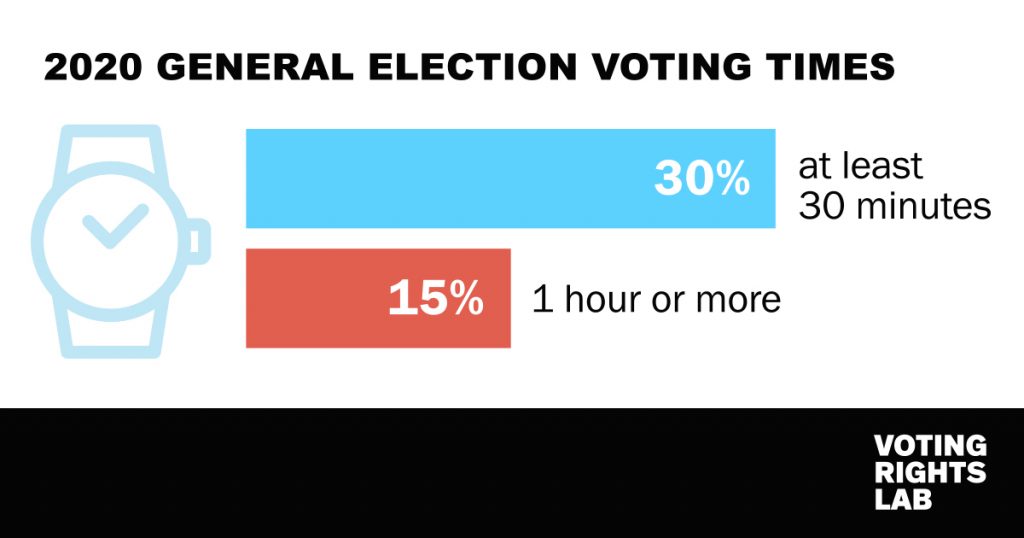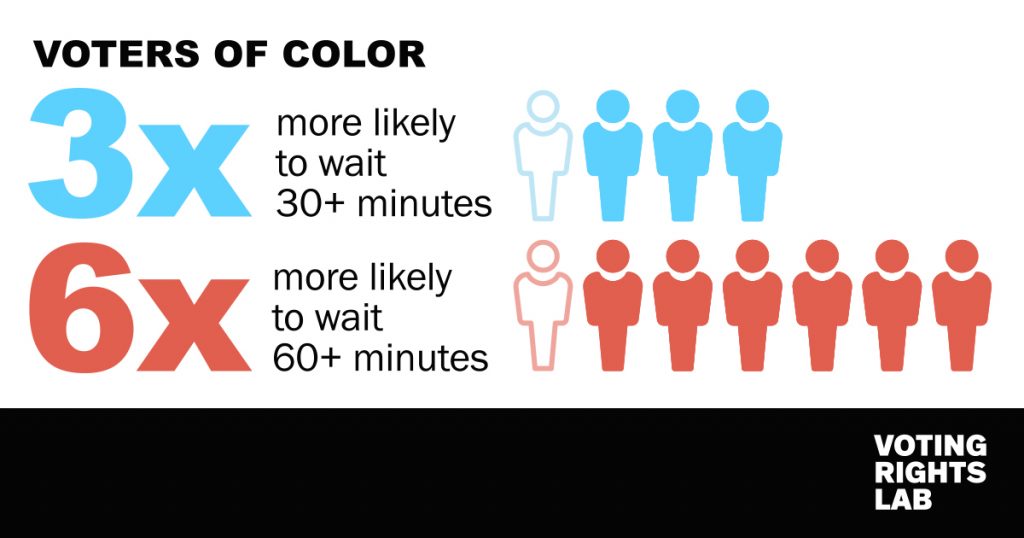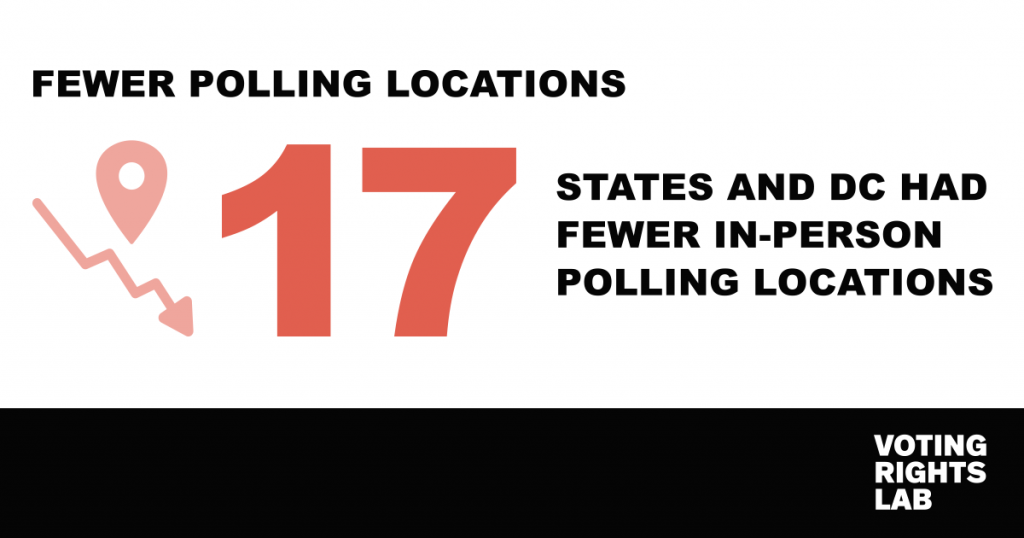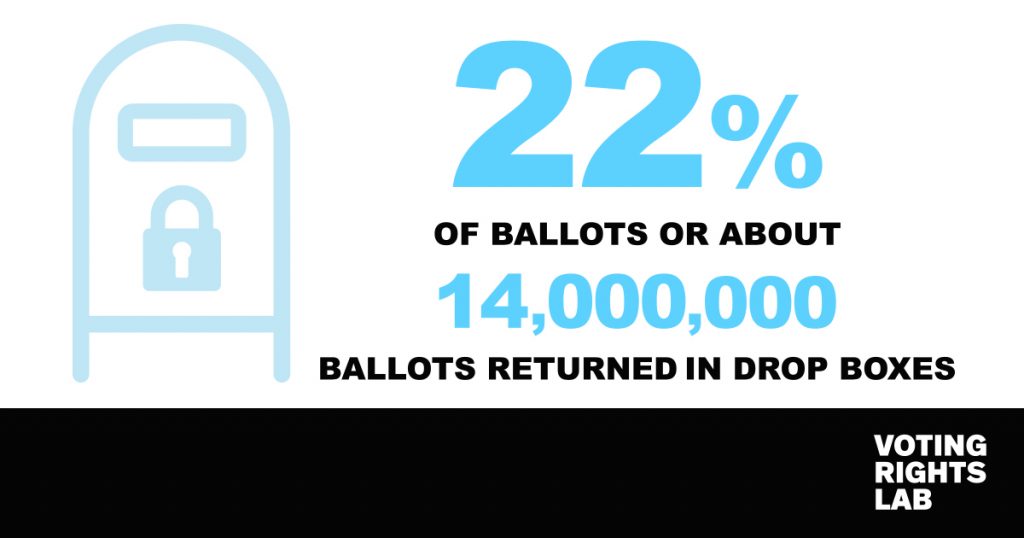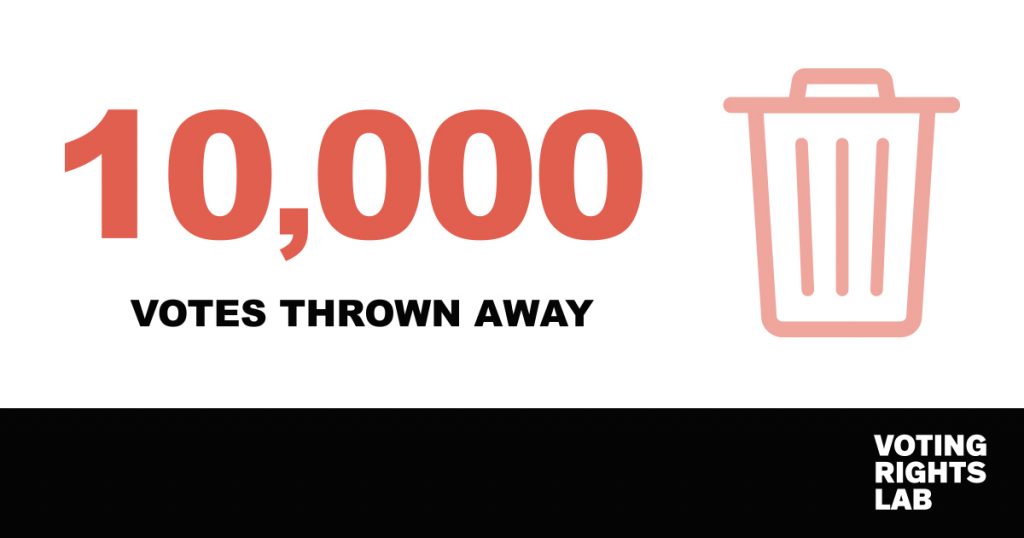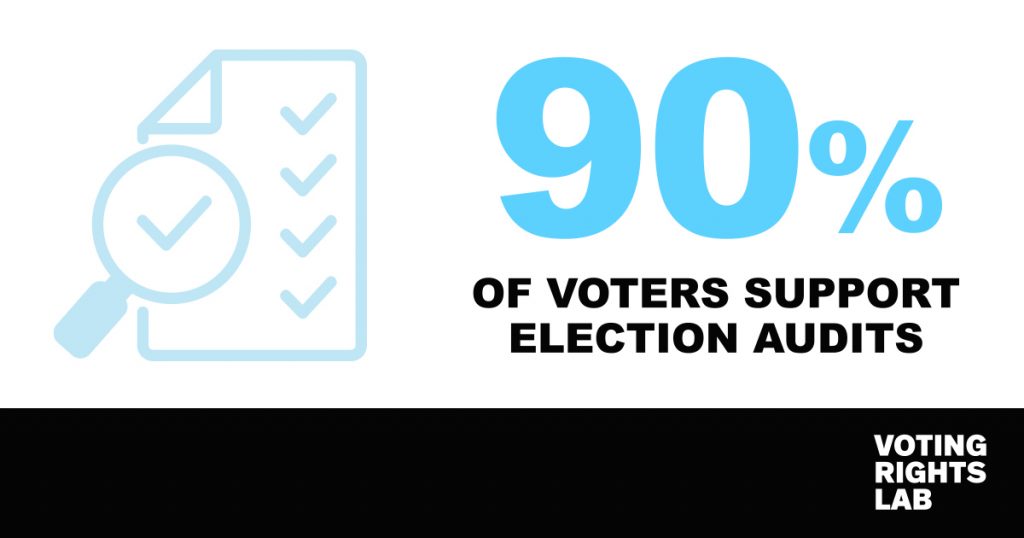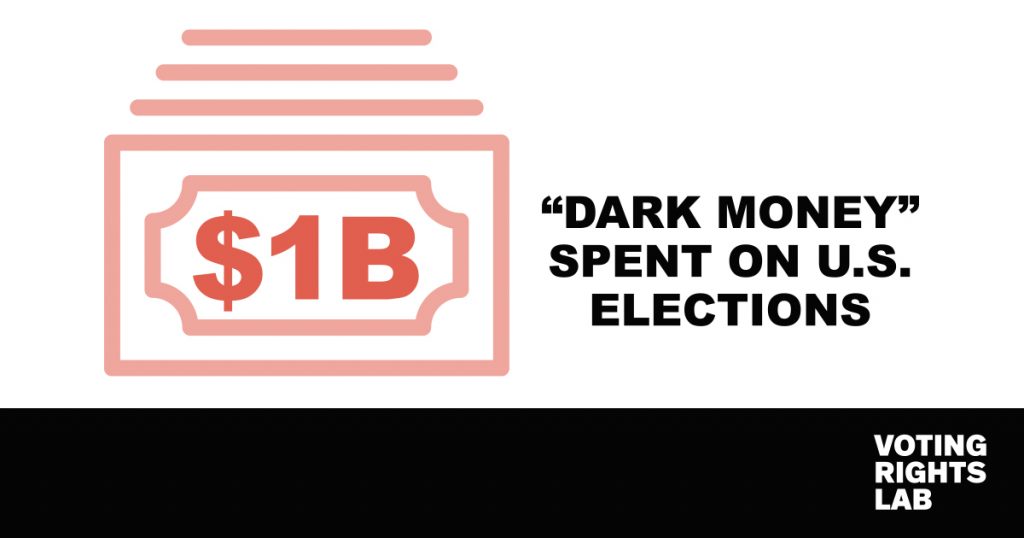Download our brief on H.R.1/S.1 here.
H.R.1/S.1 protects our freedom to vote
Better in-person voting
On Election Day for the 2020 general election, around 30% of likely voters took at least 30 minutes to vote. About 15% (more than 8 million voters) took an hour or more. Voters of color are three times more likely to wait more than 30 minutes and six times more likely to wait more than an hour to vote.
Through H.R.1/S.1, no voter will have to wait more than 30 minutes to vote in person.
17 states and the District of Columbia had fewer in-person polling locations in 2016 compared to 2012. These closures were most heavily clustered in Black, Latinx, and Native American communities.
Counties will need to give their voters at least seven days notice about polling place changes if H.R.1/S.1 passes.
Expanded early voting
For many, including those who work full time or have family commitments, it can be difficult to vote on Election Day. But in 2018, nearly 60 million eligible Americans lived in one of the 12 states without any form of early voting.
Currently, only 18 states require a minimum of 15 days of early voting. One study estimated that 15 days of early voting will increase turnout by 3.3% (over no early voting).
If H.R.1/S.1 is passed, voters in all states will have the opportunity to vote early in person for at least 15 consecutive days.
Improved absentee voting
Nearly 1 in 3 (or 77 million) eligible voters live in one of the 16 states that bar them from voting by mail unless they provide an excuse.
H.R.1/S.1 would ensure that voters in all states can choose to vote absentee without an excuse.
In a 2020 study, 22% of mail ballots were returned in a drop box — that’s over 14 million ballots.
Through H.R.1/S.1, voters in all counties will have the ability to return their ballot safely at secure drop off locations.
12 states require voters to have their ballots witnessed or even notarized, often for a fee. In those states, more than 10,000 votes are thrown away each presidential election due to a missing witness signature.
H.R.1/S.1 ensures that voters can cast their absentee ballot without paying or compromising their privacy.
Absentee ballots are rejected at twice the rate of ballots cast in person. The majority are rejected for signature issues, and the ballots of voters of color are disproportionately rejected. But only 23 states have a statewide cure process that allows voters to fix issues on their ballot so that their vote can be counted.
H.R.1/S.1 ensures that voters are notified and given an opportunity to fix any small issues so that their voices can be heard and their votes counted.
H.R.1/S.1 builds confidence in the integrity of our elections
Standardized ballot tracking
In a recent survey, 83% of voters showed support for online tracking systems for absentee ballots. A system of electronic ballot tracking would allow voters to know the status of their ballot at any time, from the time election officials mail it out, to the time the voter returns it, all the way until it’s verified and counted. But nearly 40 million voters did not have ballot tracking available to them in the 2020 election.
H.R.1/S.1 would grant money to states to improve ballot tracking so that voters can have confidence that their vote was counted.
Required paper ballots
Counties in eight states (Texas, Tennessee, Louisiana, Mississippi, Indiana, Kansas, Kentucky, and New Jersey) exclusively use paperless machines. In 2020, an estimated 16 million voters used paperless ballots that cannot be audited to verify the accuracy of results. 90% of voters support conducting election audits to ensure voting machines worked properly and votes were counted accurately.
Under H.R.1/S.1, states would be required to use paper ballots suitable for a manual audit or recount so that we can trust in the results of our elections.
Stronger election infrastructure
More than 80% of voting machines in use today come from three private election vendors, but there are no federal safeguards for these companies to prevent an attack. A successful cyberattack against any of these companies could have devastating
consequences to our elections.
H.R.1/S.1 would create new safeguards against threats to our election infrastructure so that Americans can trust the results are accurate.
H.R.1/S.1 makes our elections more fair and transparent
Independent redistricting
In the U.S., it’s the voters who decide who represents them, leaders shouldn’t get to pick their voters. But in some states, one political party has sole control of redistricting, and they draw the lines to benefit their own elections. That leads to unfairly drawn, partisan districts. After the last round of redistricting in 2010, 4.4 million voters from both parties were disenfranchised
due to partisan-controlled map drawing.
H.R.1/S.1 creates fair redistricting criteria and independent redistricting commissions to ensure that our elected leaders reflect the people they serve.
Campaign finance transparency
Nearly $1 billion in secret money, known as “dark money,” has been spent on U.S. elections over the past decade. The true sources of dark money used to influence our elections are not publicly disclosed, so we do not know how much may have come from foreign sources.
H.R.1/S.1 would overhaul campaign finance laws so voters know who is spending money to influence our elections.
